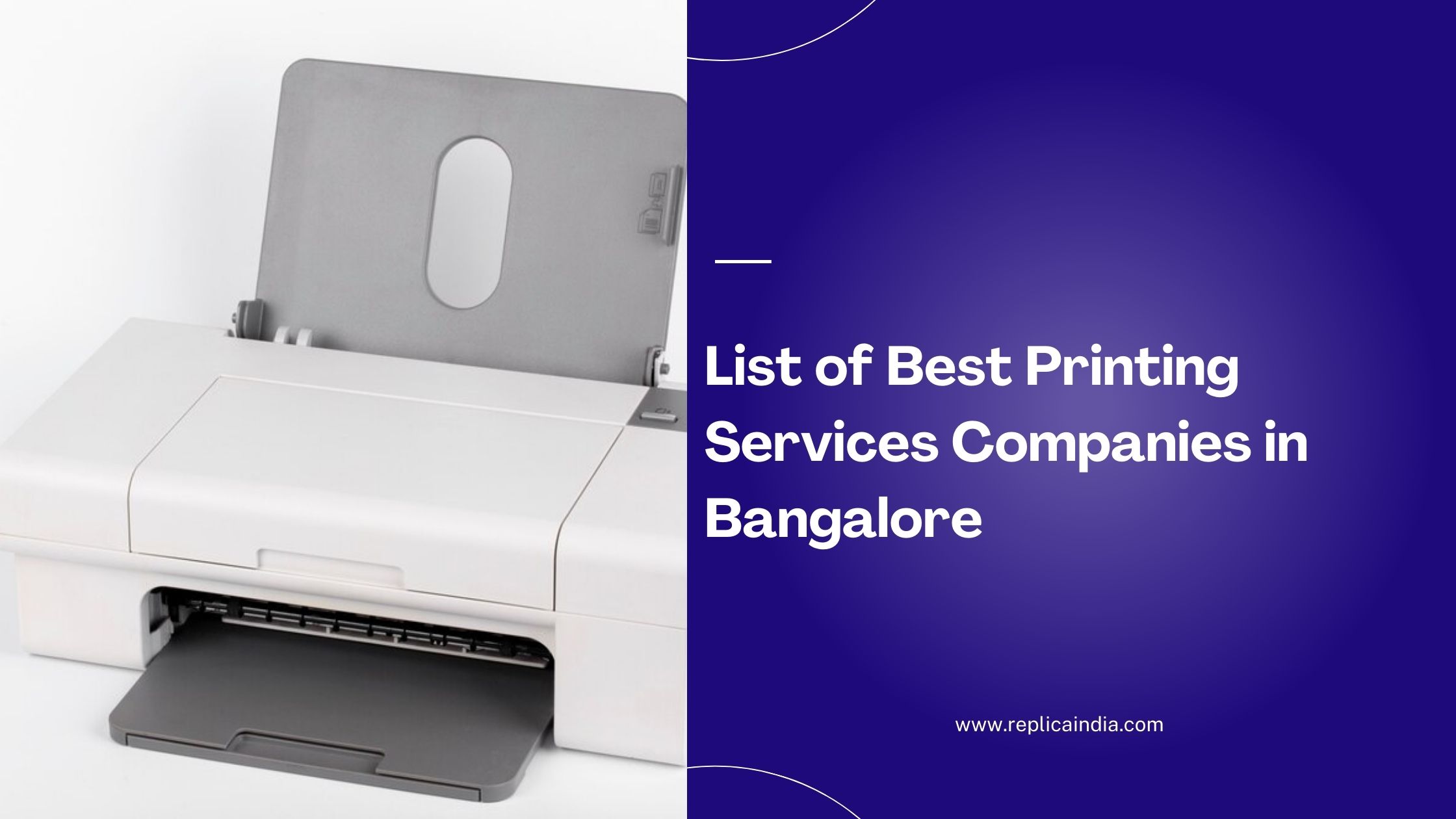
Introduction:
In today’s digital age, technology continues to revolutionize the way we work and communicate. One such innovation that has transformed the modern workplace is the advent of wireless printers. These devices offer a range of benefits that cater to the evolving needs of businesses, providing convenience, flexibility, and efficiency in printing tasks.
The Evolution of Printing Technology:
Before delving into the benefits of printers, it’s essential to understand the evolution of printing technology. Traditional printers relied on wired connections, such as USB cables, to communicate with computers and other devices. While effective, these wired printers were limited in terms of mobility and flexibility.
With advancements in wireless technology, printers underwent a transformation. Wireless printers utilize Wi-Fi connectivity to communicate with devices, eliminating the need for physical cables. This innovation opened up new possibilities for printing, allowing users to print from anywhere within the range of a Wi-Fi network.
Advantages of Wireless Printers:
Flexibility and Convenience:
Wireless printers offer unparalleled flexibility, allowing users to place them anywhere within the range of a Wi-Fi network. This flexibility means that offices can optimize their workspace layout without being restricted by the location of printer ports or cables.
Ease of Use:
Wireless printers are incredibly user-friendly, enabling multiple users to connect to the printer simultaneously from various devices. Whether it’s a laptop, smartphone, or tablet, users can easily send print jobs to the printer without the hassle of cables or complicated setup procedures.
Increased Mobility:
One of the most significant advantages of printers is their mobility. Users can print from any location within the Wi-Fi network, whether they’re in a meeting room, a shared workspace, or even a different floor. This mobility enhances productivity by allowing employees to print documents on the go.
Cost-Efficiency:
While the initial investment in a wireless printer may be slightly higher than traditional wired printers, the long-term cost savings are substantial. Wireless printers eliminate the need for additional networking infrastructure, such as Ethernet cables and ports, reducing both installation and maintenance costs.
Space-Saving Design:
printers often feature compact designs that take up minimal space in the office environment. Without the need for bulky cables and wires, users can enjoy a clutter-free workspace and optimize the layout of their office.
Enhanced Security:
Modern wireless printers come equipped with advanced security features to protect sensitive data. Encryption protocols and authentication mechanisms ensure that only authorized users can access the printer, reducing the risk of data breaches and unauthorized access.
Remote Printing Capabilities:
Another significant advantage of wireless printers is their remote printing capabilities. With cloud-based printing solutions, users can send print jobs to the printer from anywhere in the world using their smartphone or laptop. This feature is especially useful for professionals who frequently travel or work remotely.
Conclusion:
In conclusion, wireless printers have revolutionized the printing landscape, offering unmatched convenience, flexibility, and efficiency in the modern workplace. As technology continues to evolve, businesses must embrace wireless printing solutions to stay competitive and enhance productivity. Invest in a wireless printer today and experience the transformative power of wireless printing technology.




